Reportar esta entrada
Más sobre la misma comunidad-colección
Plaza San Jacinto Ceremonia de Luces de Navidad - 2016
Crowds descend on downtown for the Christmas lighting of the ...
Patinaje sobre hielo - centro de El Paso, Texas - 2016
Ice skating in downtown El Paso, Texas. This photograph was ...
Patinaje sobre hielo - centro de El Paso, Texas - 2016
Ice skating in downtown El Paso, Texas. This photograph was ...
Patinaje sobre hielo - centro de El Paso, Texas - 2016
Ice skaters enjoy the skating during the lighting of the San ...
Patinaje sobre hielo - centro de El Paso, Texas - 2016
Ice skaters enjoy the skating during the lighting of the San ...
Patinaje sobre hielo - centro de El Paso, Texas - 2016
Ice skating comes to the downtown area in El Paso, Texas.
Patinaje sobre hielo - centro de El Paso, Texas - 2016
Ice skaters downtown El Paso, Texas during the Christmas ...
Patinaje sobre hielo - centro de El Paso, Texas - 2016
Ice skaters downtown El Paso, Texas during the Christmas ...
Plaza San Jacinto 2016 - Navidad 2016
In front of the Art Museum during the lighting ceremony for San ...
Celebración de Luces - Plaza San Jacinto - 2016
Celebration of Lights - San Jacinto Plaza El Paso Texas– 2016 ...
Celebración de Luces - Plaza San Jacinto - 2016
Celebration of Lights - thousands gather on the plaza - El Paso, ...
Celebración de Luces - Plaza San Jacinto - 2016
Celebration of Lights - San Jacinto Plaza – 2016 San ...
Celebración de Luces - Plaza San Jacinto - 2016
Celebration of Lights - thousands gather on the plaza - El Paso, ...
Celebración de Luces - Plaza San Jacinto - 2016
People gather at one of light exhibits on the plaza during the ...
Celebración de Luces - Plaza San Jacinto - 2016
In front of the Anson 11 during the Celebration of Lights - ...
Celebración de Luces - Plaza San Jacinto - 2016
In front of the Mills Building looking toward the San Jacinto ...
Celebración de Luces - Plaza San Jacinto - 2016
On the San Jacinto Plaza during the Celebration of Lights.
Celebración de Luces - Plaza San Jacinto - 2016
Celebration of Lights - San Jacinto Plaza – 2016 ...
Celebración de Luces - Plaza San Jacinto - 2016
Celebration of Lights - San Jacinto Plaza – 2016 Happy ...
Celebración de Luces - Plaza San Jacinto - 2016
Celebration of Lights at San Jacinto Plaza - thousands of people ...
Plaza San Jacinto 2016 - Navidad 2016
Ice skating ring was located by the Art Museum -- during the ...







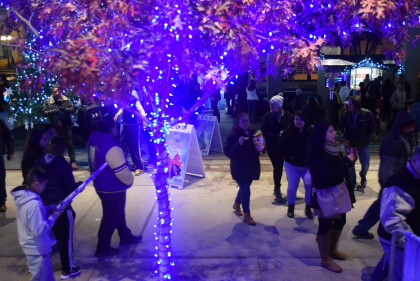







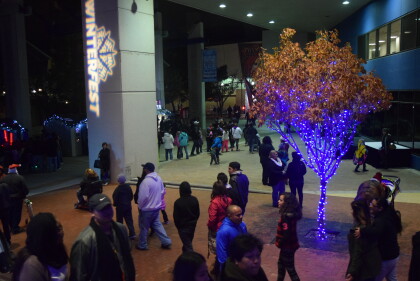
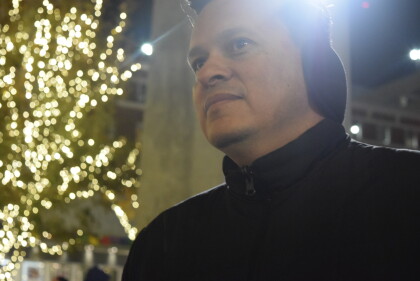

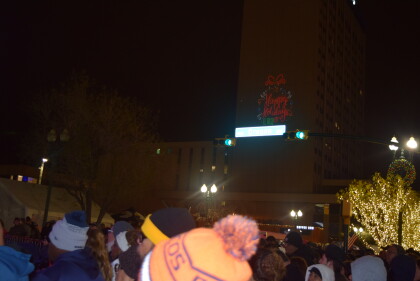

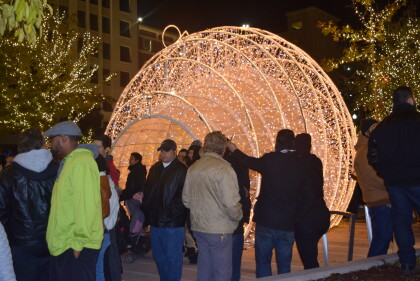
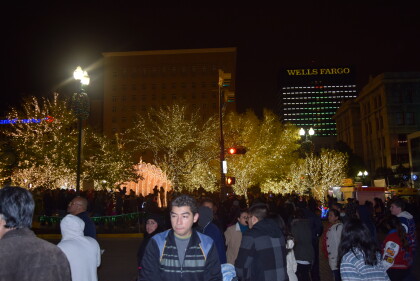
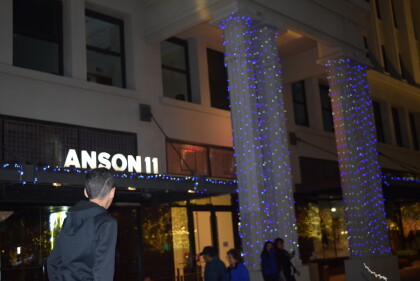
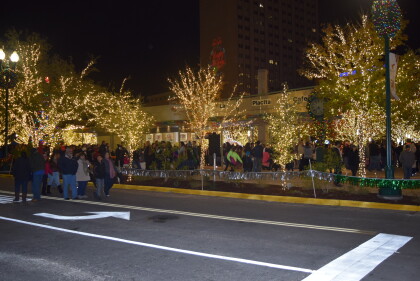
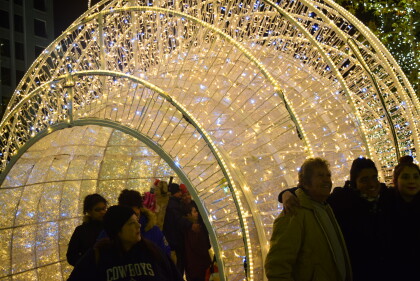
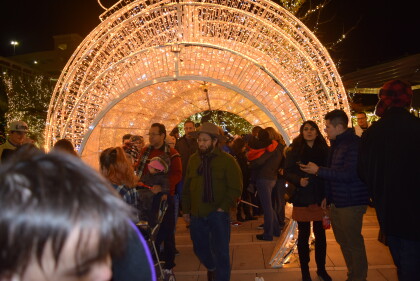
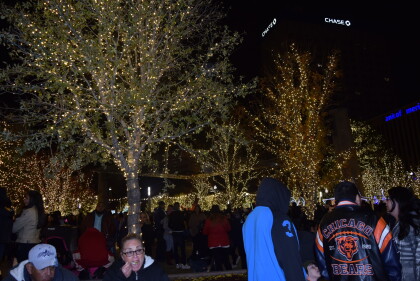
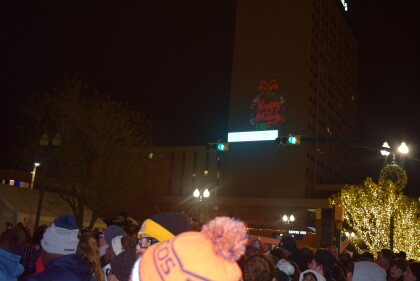
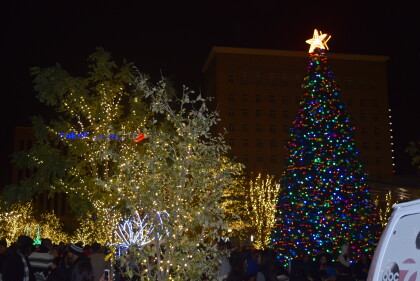

Comentarios
Hacer un comentario